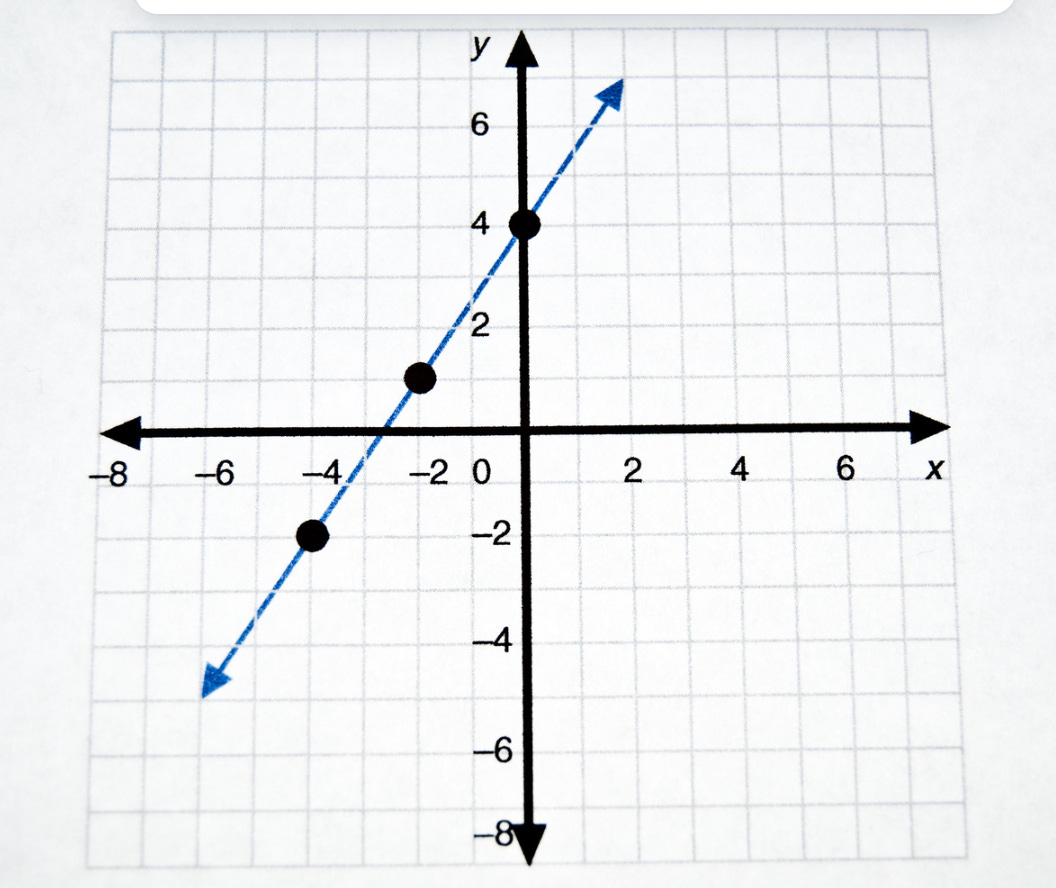Content Area Anticipation Guide Examples
Adapting Anticipation Guides for Multilingual Learners
What are anticipation guides?
Anticipation guides activate students’ prior knowledge, build curiosity, and encourage critical thinking about a topic or text before engaging with it. They consist of a series of statements related to the material students will study, often written to generate thought or debate.
Why use anticipation guides?
Encourages active learning and engagement.
Promotes deeper comprehension of the material.
Fosters a classroom culture of inquiry and dialogue.
Lets students know they don’t need all the answers
Examples of anticipation guides for science, math, and social studies:
Science:
Sample standard: Students will demonstrate the general characteristics of ecosystems.
World History:
Sample standard: Students will develop historian'’ interpretations regarding the patterns of development of civilization in the Americas compared to other regions of the world.
Math:
Sample standard: Students will understand the definition of a function in terms of mapping elements from one set (domain) to another set (range).
Scaffolding ideas for using anticipation guides for MLs
1. Develop statements with clear, simple language
Use straightforward vocabulary and sentence structures. Avoid idioms or complex phrasing.
Instead of: "Climate change is an inevitable consequence of industrialization."
Use: "Industrialization causes climate change."
Focus on Key Ideas: Limit the number of statements to 3-5 in the guide, depending on proficiency levels. You can even say for them to do at least 3 of the 5.
2. Allow students to translate each statement in their dominant language using a translation device or phone.
3. Instead of stopping with the individual completing the guide and turning it in, create small groups of 3-4 students to share their answers.
4. In the groups, provide Sentence Frames and Word Banks to scaffold for the MLs.
Examples of sentence starters to scaffold responses are:
"I think this is true because ___."
"I disagree because ___."
Offer a word bank with key vocabulary and phrases related to the topic.
5. Reflect and Extend Learning
Revisit the guide post-lesson and ask:
“Was your first answer correct?”
“What did you learn that changed your mind?”
Allow MLs to express their reflections orally, in writing, or with drawings.
Use a graphic organizer to compare "Before" and "After" responses, emphasizing growth in understanding.
Find more applicable ideas for working with Multilingual Learners in Secondary Settings in my newly published book.











